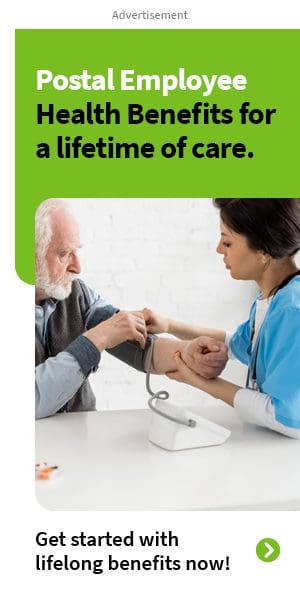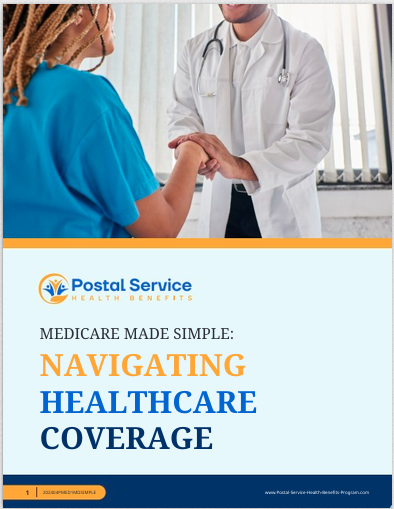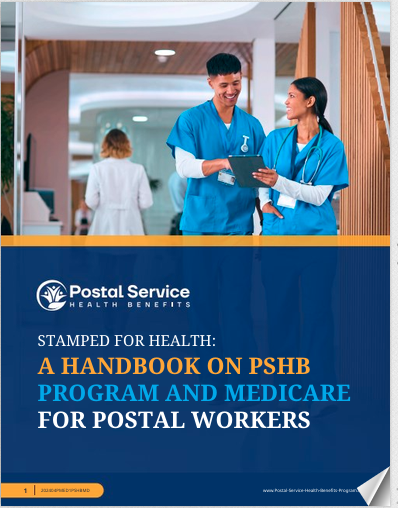Key Takeaways:
- The new Postal Service Health Benefits (PSHB) program is set to launch in 2025, transforming how postal employees and retirees receive health coverage.
- The Office of Personnel Management (OPM) is the driving force behind PSHB, ensuring the program aligns with broader federal health benefits standards.
Behind the Scenes of PSHB: How OPM Is Shaping Your New Health Benefits
The landscape of health benefits for U.S. Postal Service employees and retirees is undergoing a significant transformation with the introduction of the Postal Service Health Benefits (PSHB) program. Set to be fully implemented by January 2025, this new program represents a pivotal shift in how healthcare coverage is managed and delivered to over 600,000 postal workers and retirees. As this change unfolds, the Office of Personnel Management (OPM) is playing a crucial role in shaping the framework, ensuring the transition is seamless and aligned with federal standards. This article delves into the mechanics of PSHB, the strategic role of OPM, and what this means for postal employees and retirees in the years to come.
The Evolution of Postal Health Benefits: A Brief Overview
Historically, postal employees and retirees have received their health benefits through the Federal Employees Health Benefits (FEHB) program, which is one of the largest employer-sponsored health benefits programs in the world. The FEHB program has provided comprehensive coverage, offering a wide range of plan options and allowing enrollees to tailor their benefits to meet their individual needs. However, the introduction of the PSHB marks a departure from this longstanding arrangement.
The Postal Service Reform Act of 2022 was the catalyst for this change. Signed into law in April 2022, this legislation was designed to address the financial sustainability of the U.S. Postal Service (USPS) and included a provision for creating a separate health benefits program specifically for postal employees and retirees. The PSHB will operate independently from the FEHB, although it will be administered by the same agency—OPM. The establishment of the PSHB is intended to provide more tailored health benefits while also addressing some of the unique challenges faced by the postal workforce.
OPM’s Role in PSHB: Navigating the Transition
The Office of Personnel Management (OPM) has long been the federal agency responsible for managing health benefits for federal employees, and its role in the new PSHB program is equally critical. OPM’s responsibilities include overseeing the transition from FEHB to PSHB, setting the standards for the plans offered, and ensuring that the new program meets the healthcare needs of postal employees and retirees.
One of OPM’s primary tasks is to negotiate with health insurance carriers to develop PSHB plans that are both cost-effective and comprehensive. These plans must meet specific criteria set by OPM, which include providing a wide range of benefits, maintaining affordability, and ensuring access to care. OPM’s role also involves ensuring that the transition does not disrupt coverage for current retirees or active employees nearing retirement.
Ensuring Continuity of Care
A major concern for many postal employees and retirees is whether the shift to PSHB will affect their access to healthcare providers or alter their existing coverage. OPM has emphasized that one of its top priorities is to ensure continuity of care. This means that while PSHB plans may differ in some respects from current FEHB plans, they will still provide access to a broad network of providers and maintain similar benefit structures.
OPM is also working to ensure that retirees who are already enrolled in Medicare can smoothly transition to PSHB without losing any benefits. The new program is designed to complement Medicare coverage, similar to how FEHB has functioned for Medicare-eligible retirees. This coordination is crucial because the vast majority of postal retirees are eligible for Medicare, and any disruption could have significant implications for their healthcare.
Communication and Education Efforts
To facilitate a smooth transition, OPM is also leading communication and education efforts aimed at informing postal employees and retirees about the new program. These efforts include providing detailed information about how PSHB will differ from FEHB, what steps individuals need to take to enroll in the new program, and how to choose the best plan to meet their needs.
OPM has already begun outreach efforts, which include webinars, informational mailings, and dedicated support lines to address questions and concerns. As the January 2025 launch date approaches, these efforts are expected to intensify, ensuring that all affected individuals have the information they need to make informed decisions about their health benefits.
What Postal Employees and Retirees Need to Know
With the introduction of PSHB, postal employees and retirees will need to take several steps to ensure that they are properly enrolled in the new program. While the exact process will vary depending on individual circumstances, there are some key considerations to keep in mind.
Enrollment Process and Timelines
One of the first steps in the transition to PSHB will be the open enrollment period, which is expected to occur in the fall of 2024. During this period, postal employees and retirees will have the opportunity to review the PSHB plans available to them and make their selections. OPM will provide detailed instructions on how to navigate this process, including how to compare plans and what factors to consider when making a choice.
For those who are already enrolled in FEHB and wish to transition to PSHB, the process will be relatively straightforward. OPM has indicated that individuals who do not actively choose a PSHB plan during the open enrollment period will be automatically enrolled in a plan that is most similar to their current FEHB plan. This is designed to minimize disruption and ensure that no one loses coverage during the transition.
Impact on Retirees
Retirees, particularly those who are already enrolled in Medicare, will need to pay special attention to how PSHB interacts with their existing coverage. As previously mentioned, PSHB is designed to work alongside Medicare, but retirees will need to ensure that their new plan is properly coordinated with their Medicare benefits. OPM will provide guidance on how to manage this coordination, including any steps that need to be taken during the enrollment period.
Long-Term Implications
The long-term implications of the shift to PSHB are still being assessed, but there are several potential benefits that could emerge from this change. For one, the creation of a separate health benefits program for postal employees and retirees could allow for more tailored plan options that better meet the specific needs of this population. Additionally, by separating postal health benefits from the broader FEHB program, there may be opportunities for cost savings and improved financial sustainability for the USPS.
However, there are also potential challenges that could arise, particularly in the early years of the transition. For example, there may be concerns about how well the new plans align with the needs of postal employees and retirees, especially those with unique healthcare needs or those living in areas with limited provider networks. OPM will need to closely monitor the implementation of PSHB and make adjustments as necessary to address any issues that arise.
Navigating the Transition: Practical Tips
As the transition to PSHB approaches, there are several practical steps that postal employees and retirees can take to prepare for the change. These tips can help ensure that individuals are ready for the new program and can make informed decisions about their health benefits.
Stay Informed and Engaged
One of the most important things that individuals can do is to stay informed about the latest developments related to PSHB. OPM will be providing regular updates and information, and it is crucial to pay attention to these communications. This includes attending webinars, reading informational materials, and reaching out to OPM or other resources with any questions.
Review Your Current Coverage
Before the transition to PSHB, it is a good idea to review your current FEHB coverage to understand what benefits you are currently receiving. This will help you compare your existing plan to the new PSHB options and make a more informed decision during the enrollment period. Consider factors such as the network of providers, coverage for specific healthcare needs, and out-of-pocket costs.
Consider Your Long-Term Health Needs
When selecting a PSHB plan, it is important to consider not only your current healthcare needs but also any potential future needs. For example, if you have a chronic condition or anticipate needing specific types of care in the future, make sure that the plan you choose provides adequate coverage. Additionally, if you are nearing retirement or already retired, think about how your healthcare needs might change over time and how your PSHB plan will work with Medicare.
Seek Help if Needed
Navigating the transition to a new health benefits program can be complex, and it is important to seek help if you have questions or concerns. OPM will have resources available to assist you, including customer service representatives who can answer your questions and help you understand your options. Additionally, consider speaking with a licensed insurance agent who can provide personalized advice based on your individual circumstances.
Looking Ahead: PSHB and the Future of Postal Health Benefits
As the January 2025 launch date for PSHB approaches, postal employees and retirees are on the brink of a significant change in how their health benefits are managed. The transition to PSHB represents both an opportunity and a challenge, as it offers the potential for more tailored benefits while also requiring careful navigation to ensure a smooth transition. OPM’s role in shaping this new program will be critical in determining its success, and the agency’s efforts to provide clear communication and support will be essential in helping individuals make informed decisions about their healthcare.
Contact Information:
Email: [email protected]
Phone: 5058593114







